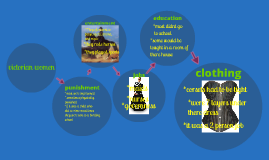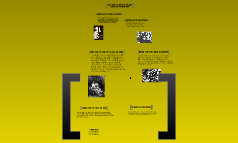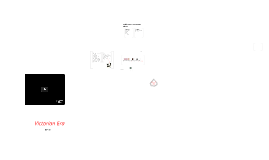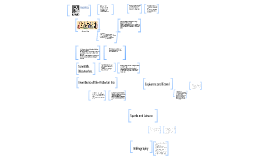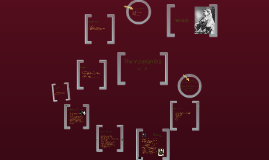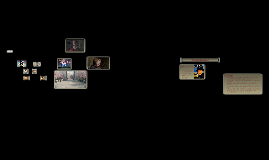Victorian Era
Transcript: Combined romantic and neoclassical ideas Focused on working and living conditions New vocabulary Language variety Formal writing Etiquette Novels Plays Poets August 5, 1809- October 6, 1892 depression Poems: Chiefly Lyrical (1830), Mariana, The Lady of Shalott, Morte d'Arthur, and Ulysses Writing style-->Lord Byron chief rep. of Victorian poetry bad reviews on book of poems, gave up writing for 10 years Death of friend in same year, resulted in "In Memoriam", took 17 years to write married Emily Sellwood in 1836 March 6, 1806-June 29, 1861 outspoken about social and political issues 11 younger siblings prescribed opium for illness overly protective father most poems published anonymously famous works: Sonnets from the Portuguese, Aurora Leigh, Last Poems the creation of the modern invention methods end of the industrial revolution: 1830 new methods of sanitation pasteurizing food (1856), improvements in nutrition, Sewage and quality of drinking water improved railways and "Penny Post" expanded transportation and communication Scientists: Charles Darwin, Thomas Edison, Sigmund Freud, Lord Kelvin inventions- photography, telephones, electric light bulbs and cars, penny-farthing bicycle typewriters... Queen Victoria is crowned (1837) Chartist Movement (1838-1848) Opium War (1839-1842) Queen Victoria marries cousin, Prince Albert (1840) Potato Famine (1845) Factory Act (1847) Great Expedition (first World's Fair, 1851) Population nearly doubled (1851-1901) Attendance made compulsory (1871) Queen Victoria-Empress of India (1876) Jack the Ripper (1888) Death of Queen Victoria (1901) Imperialism and English colonialism demographic changes child labor food- wealthy ate extravagantly, diet of poor= potatoes, bread, cheese, and gruel fashion consisted of elaborate, colorful dresses with boots or shoes, hats, and other accessories entertainment- circus/freak shows, theater, literature, bicycles, "dressing up", parlor and word games, music halls music and art Henry Pether Feminism Education Unmarried men and women Women seen as possession of the family Women expected to wear corsets Gender Roles Religion The Victorian Era started on the basis of Queen Victoria's rule Time of peace and prosperity View of the Thames by moonlight 1828-1865 painted landscapes, especially by moonlight, church scenes possibly the son of Sebastian Pether, another artist 1837-1901 Historical Events Jane Eyre (1847, Charlotte Bronte) Dracula (1897, Bram Stoker) War and Peace (1869, Leo Tolstoy) Oliver Twist (1838, Charles Dickens) Roget's Thesaurus (1852, Peter Mark Roget) Other authors include: Lewis Carroll, Robert Louis Stevenson, Oscar Wilde, Sir Arthur Conan Doyle, Edgar Allen Poe, Emily Bronte end of the industrial revolution feminism imperialism demographics Evangelical Movement Science Change Agents Set to Victorian-style paintings The Victorian Era Literature THE END Alfred Lord Tennyson Cultural Content Also the beginning of Modern Times sometimes been called the Second English Renaissance. longest reign of any British monarch Victorian Inventions Elizabeth Browning Church of England, Anglican Church The church was very influential in everyday life habitual church attendance 1-2 times every Sunday Evangelical Movement stress upon imagination and emotion -->effect upon lit Chanson de Matin by Sir Edward Elgar






